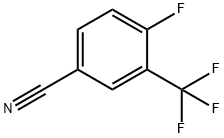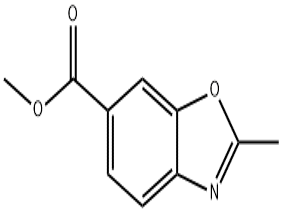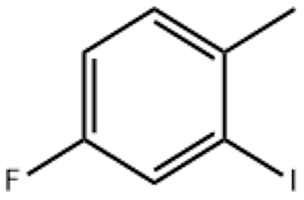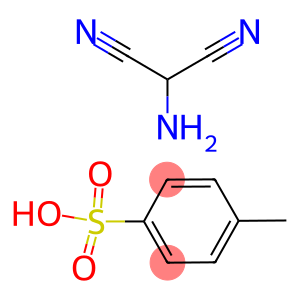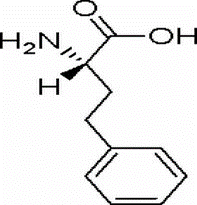5-Cyano-2-fluorobenzotrifluoride(CAS# 67515-59-7)
| Risk Codes | R20/21/22 – Harmful by inhalation, in contact with skin and if swallowed. R36/37/38 – Irritating to eyes, respiratory system and skin. |
| Safety Description | S26 – In case of contact with eyes, rinse immediately with plenty of water and seek medical advice. S36/37/39 – Wear suitable protective clothing, gloves and eye/face protection. S45 – In case of accident or if you feel unwell, seek medical advice immediately (show the label whenever possible.) S36 – Wear suitable protective clothing. S36/37 – Wear suitable protective clothing and gloves. S23 – Do not breathe vapour. S9 – Keep container in a well-ventilated place. |
| UN IDs | 3276 |
| HS Code | 29269090 |
| Hazard Note | Toxic |
| Hazard Class | 6.1 |
| Packing Group | III |
Introduction
The following is an introduction to its properties, uses, manufacturing methods and safety information:
Quality:
- 4-Fluoro-3-(trifluoromethyl)benzonitrile is a colorless to light yellow crystalline solid.
- The compound is insoluble in water at room temperature, but soluble in organic solvents such as ethanol, ether, and methylene chloride.
Use:
- It is toxic to some insects, fungi and bacteria, and has a certain herbicidal effect.
- The compound can be used in the synthesis of organic fluorescent materials as well as catalysts for some organic chemical reactions.
Method:
- 4-Fluoro-3-(trifluoromethyl)benzonitrile can be prepared by the reaction of fluoroaromatic hydrocarbons and cyanides.
- The specific preparation method can be to introduce cyano in aromatics under specific conditions, and then fluorinate to obtain the target product.
Safety Information:
- 4-Fluoro-3-(trifluoromethyl)benzonitrile may produce toxic gases when heated, burned, or in contact with strong oxidizing agents, and contact with these substances should be avoided.
- Wear appropriate protective gear when using and avoid inhalation, skin and eye contact.
- In case of inhalation or contact, leave the scene immediately and seek medical attention.
- This compound should be stored in a dry, cool, well-ventilated place and separate from combustibles, strong acids, and bases.


